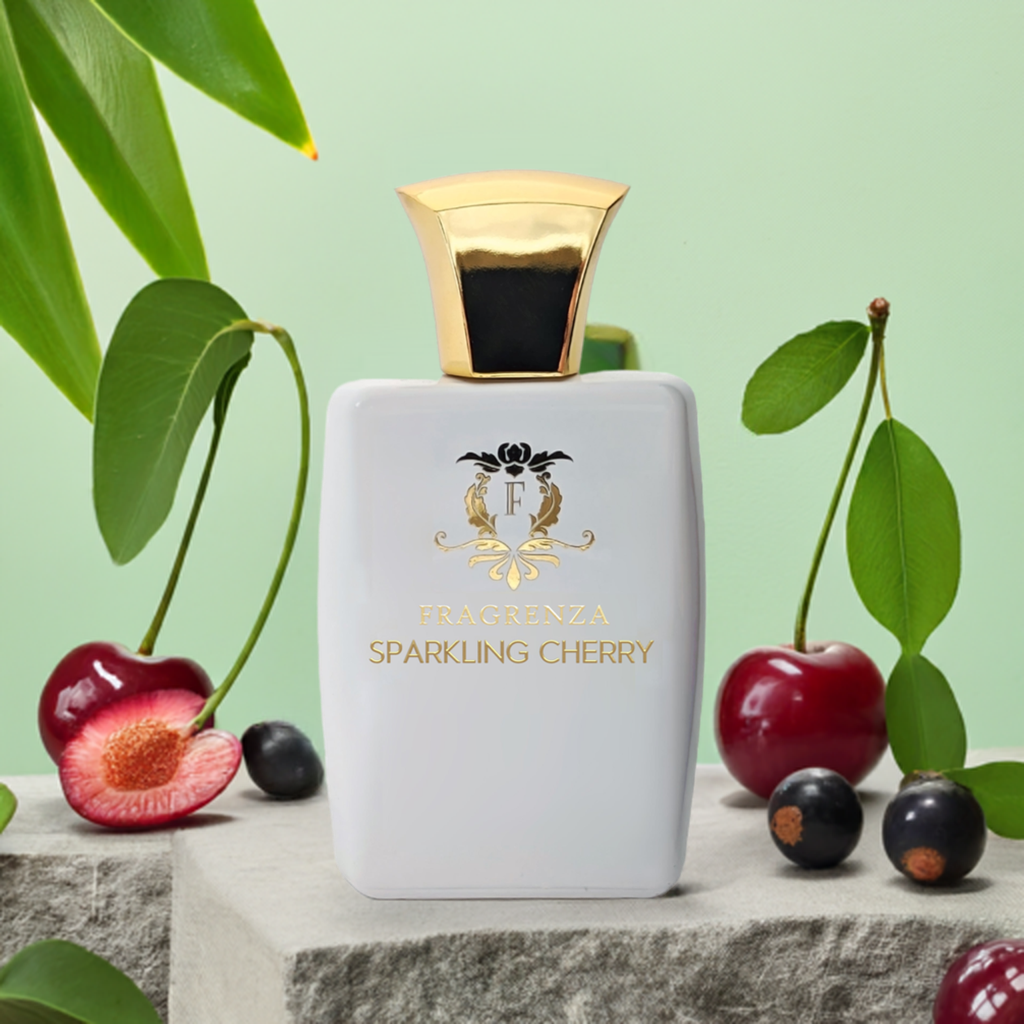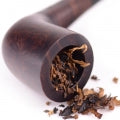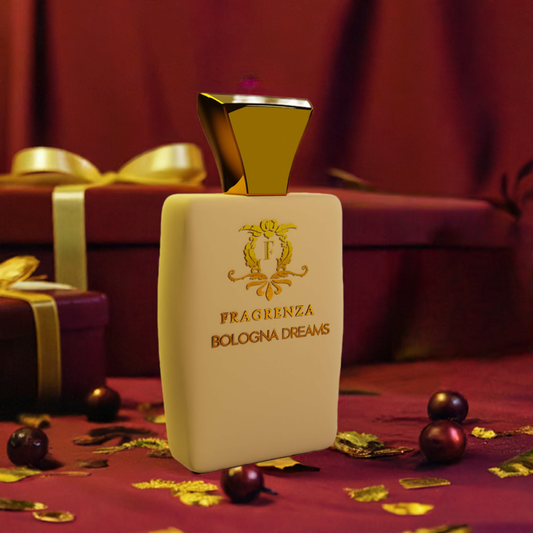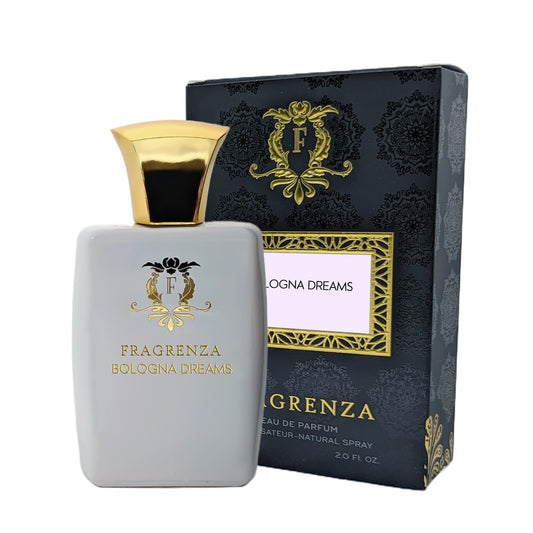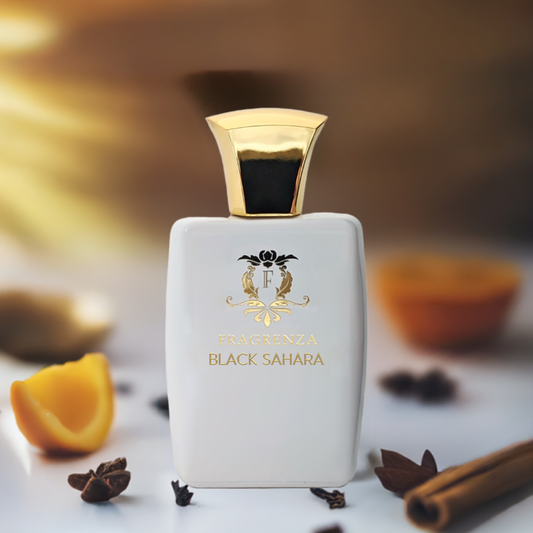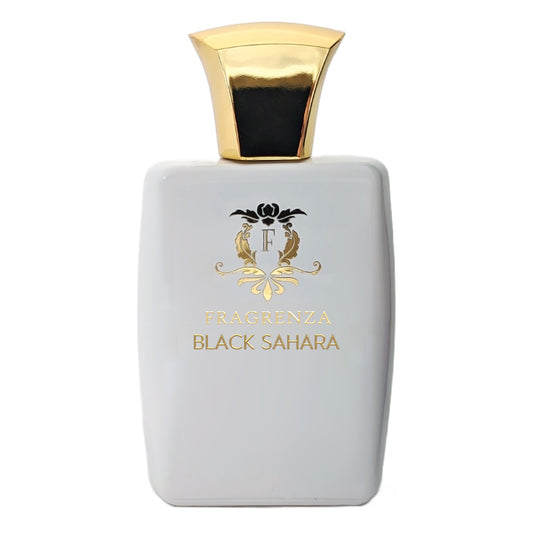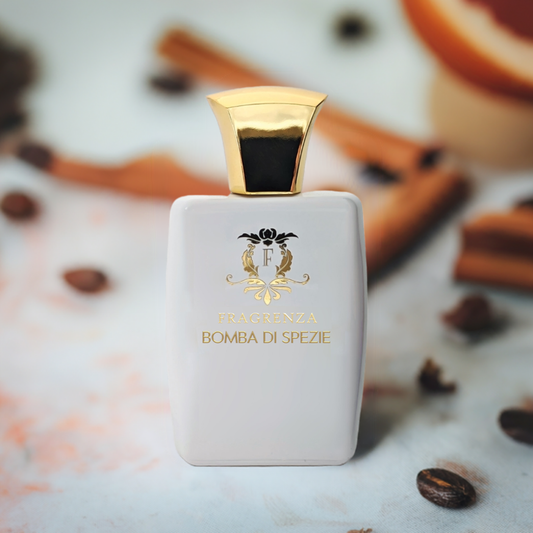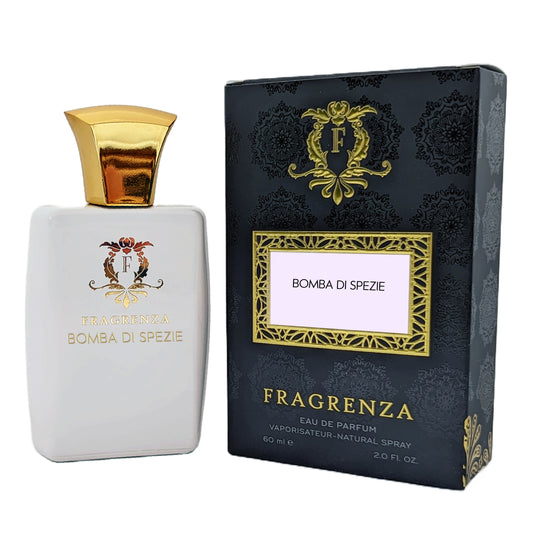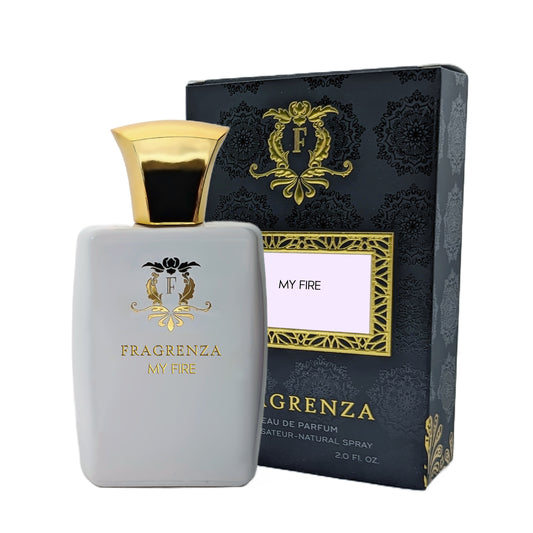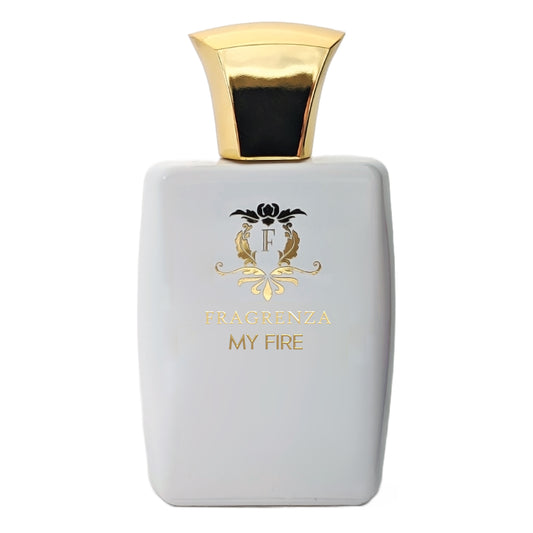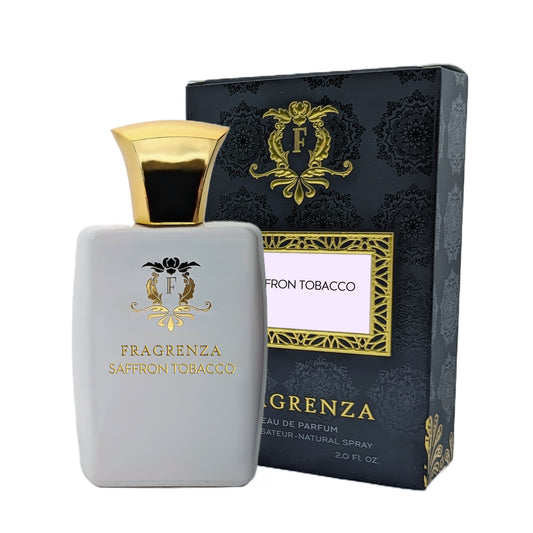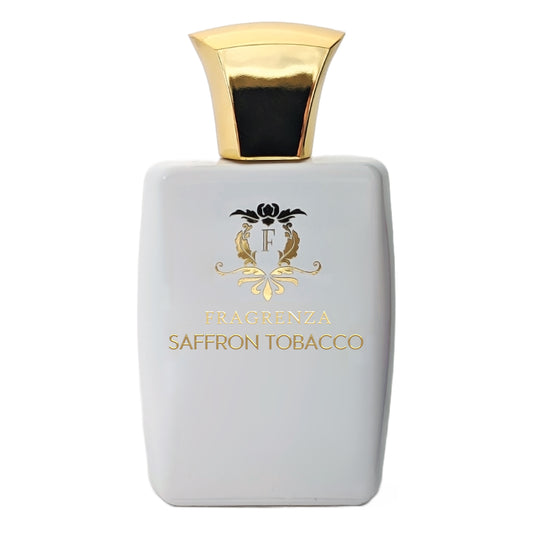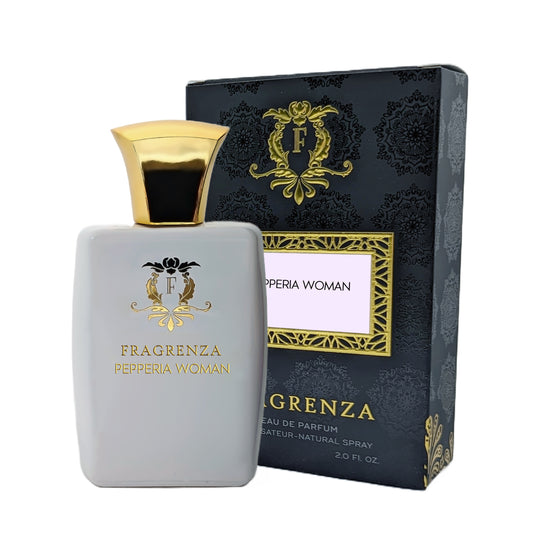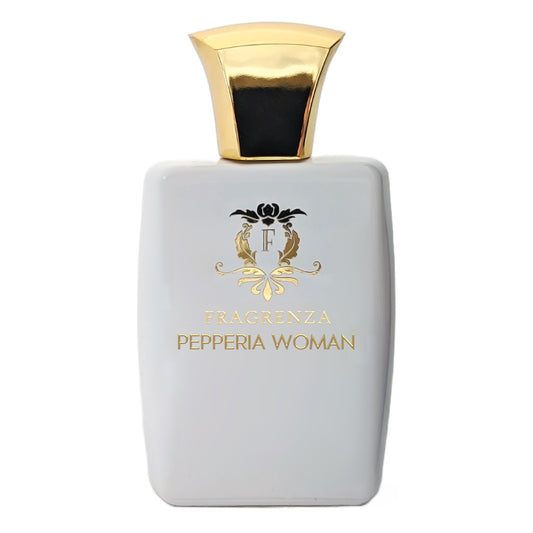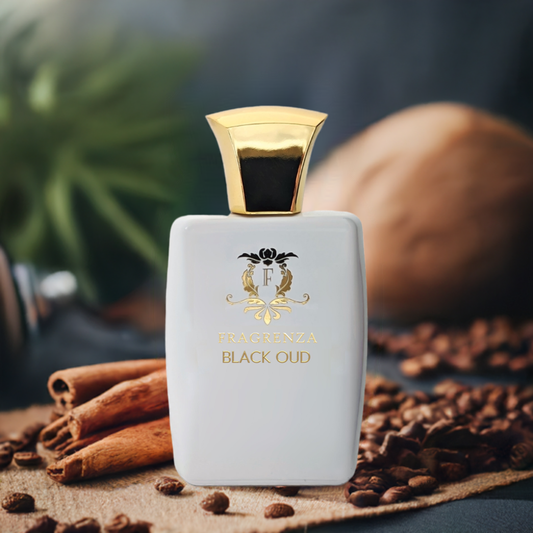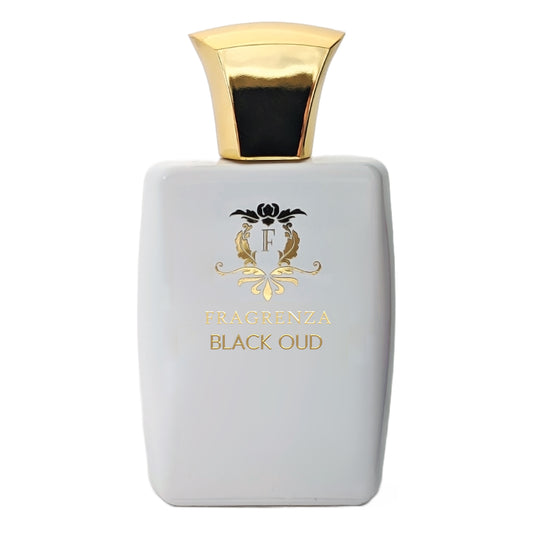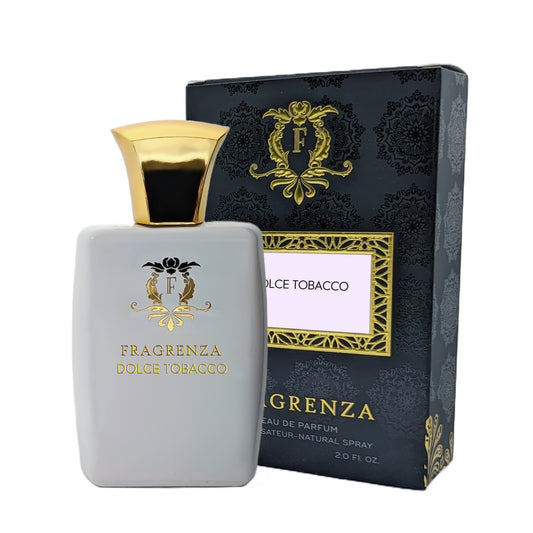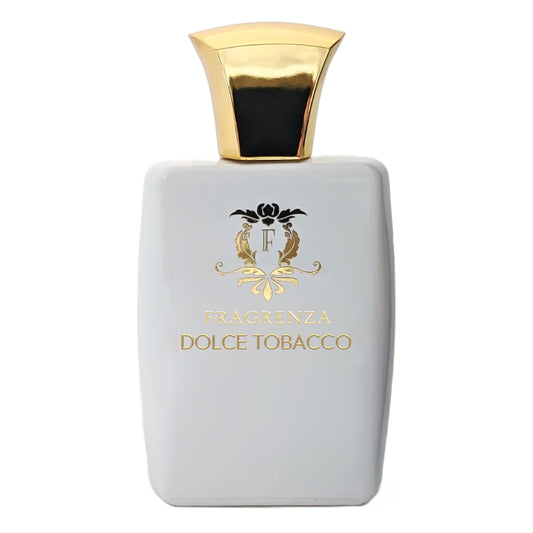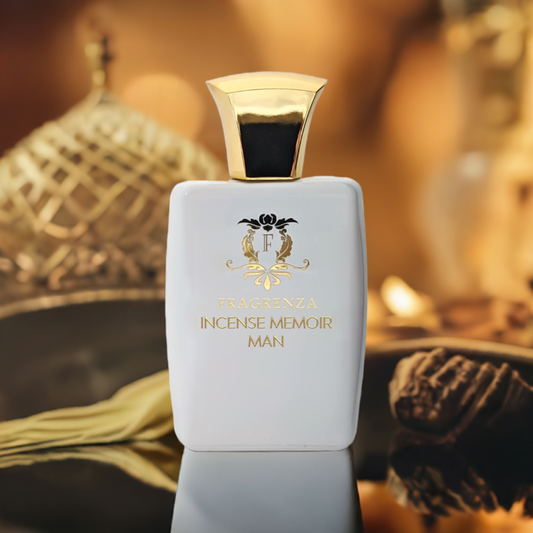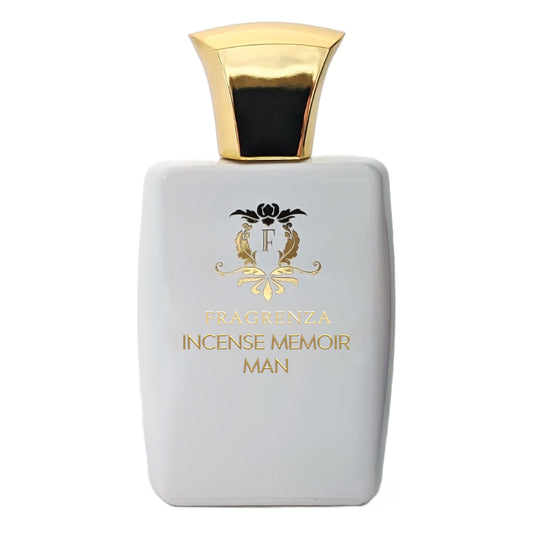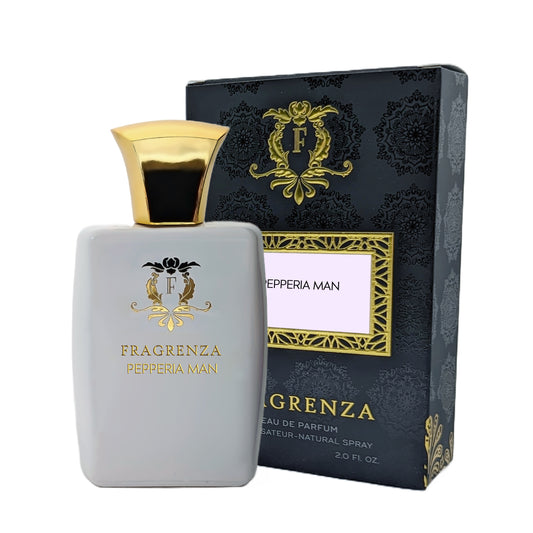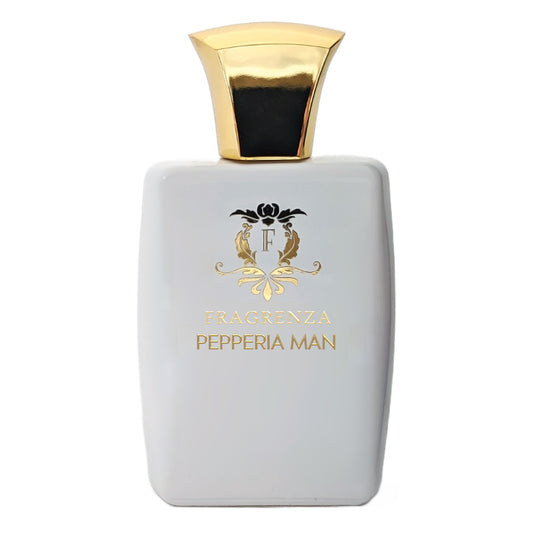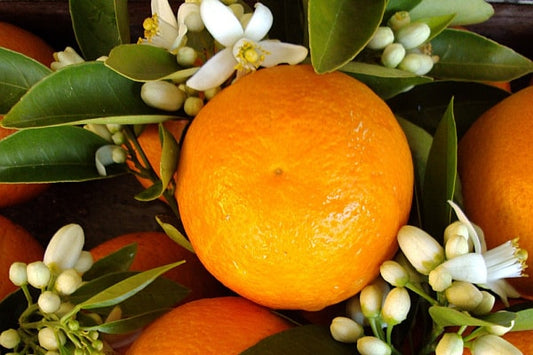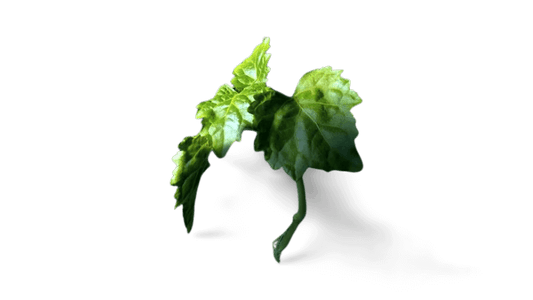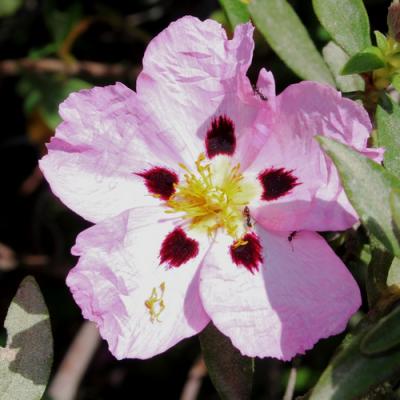- Bologna Dreams Tobacco Vanille by Tom FordVendor:Inspired by Tom Ford Tobacco Vanille dupeRegular price From $9.99Regular price
$69.99Sale price From $9.99Sale -
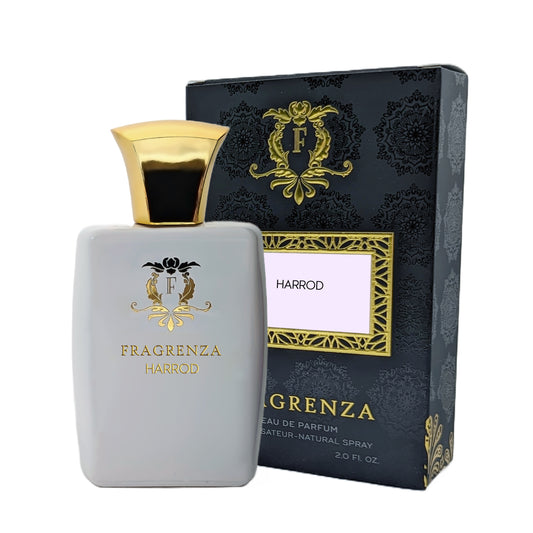
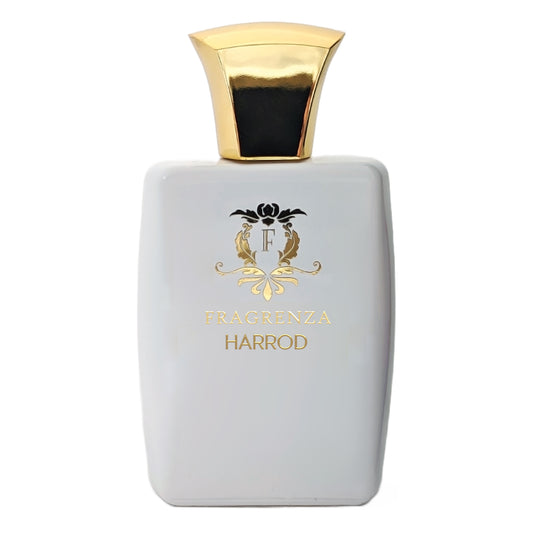 Sold outHarrod Herod by Parfums de MarlyVendor:Inspired by Parfums de Marly Herod cloneRegular price From $9.99Regular price
Sold outHarrod Herod by Parfums de MarlyVendor:Inspired by Parfums de Marly Herod cloneRegular price From $9.99Regular price$69.99Sale price From $9.99Sold out - Black Sahara Sahara Noir by Tom FordVendor:Inspired by Tom Ford Sahara Noir dupeRegular price From $9.99Regular price
- Bomba Di Spezie Spicebomb by Viktor&RolfVendor:Inspired by Viktor&Rolf Spicebomb cloneRegular price From $9.99Regular price
$59.99Sale price From $9.99Sale - My Fire Tobacco Oud by Tom FordVendor:Inspired by Tom Ford Tobacco Oud dossierRegular price From $9.99Regular price
$69.99Sale price From $9.99Sale - Saffron Tobacco Red Tobacco by ManceraVendor:Inspired by Mancera Red Tobacco dupeRegular price From $9.99Regular price
- Pepperia Woman Journey Woman by AmouageVendor:Inspired by Amouage Journey Woman cloneRegular price From $9.99Regular price
- Black Oud Black Afgano by NasomattoVendor:Inspired by Nasomatto Black Afgano dupeRegular price From $9.99Regular price
$69.99Sale price From $9.99Sale - Dolce Tobacco Dolce Tobacco by Fragrenza TwistVendor:Regular price From $9.99Regular price
$69.99Sale price From $9.99Sale - Incense Memoir Man Memoir Man by AmouageVendor:Inspired by Amouage Memoir Man dossierRegular price From $9.99Regular price
- Pepperia Man Journey Man by AmouageVendor:Inspired by Amouage Journey Man dupeRegular price From $9.99Regular price
Shea Nuts Fragrances
Explore our collection of shea nuts fragrances. Shop shea nuts perfumes that will captivate your senses.Sea Buckthorn Fragrances
Experience the invigorating scents of sea buckthorn fragrances. Discover the best sea buckthorn perfumes and immerse yourself in a refreshing aroma.Absinthe Fragrances
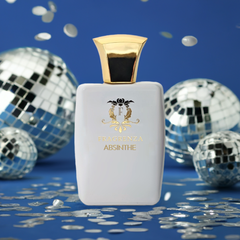
From this collection Absinthe is Kilian L’Heure Verte dupe
Indulge in the captivating absinthe fragrances. Explore the best absinthe perfumes and let their enchanting scents transport you.Akigalawood Fragrances
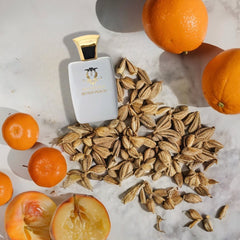
From this collection Better Peach is Tom Ford Bitter Peach dupe
Discover the delightful scents of akigalawood fragrances. Shop best akigalawood perfumes online and add a touch of elegance to your fragrance collection.African Fragrances
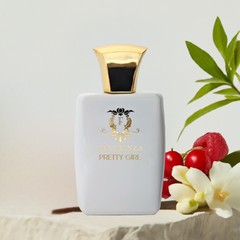
From this collection Pretty Girl is Carolina Herrera Good Girl Suprême dupe
Immerse yourself in the world of african fragrances. Experience the best african perfumes for men and discover unique and captivating scents.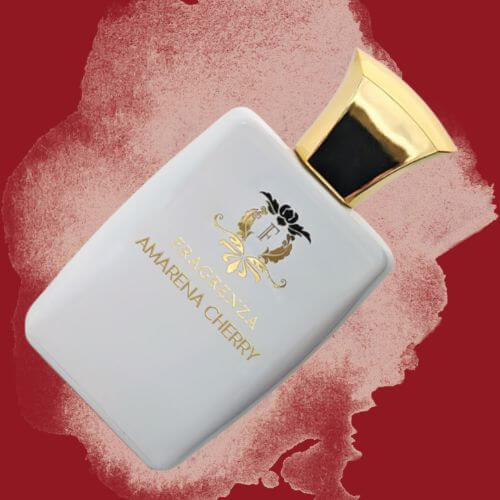
Amarena Cherry
Obsessed with cherry? If you want to really amp up the cherry scent, this Tom Ford Lost Cherry dupe will give Lost Cherry a run for its money. Black cherry, cherry syrup, and cherry liqueur all mingle together for an indulgent cherry overdose that’s complemented by notes of almond, tonka bean, Turkish rose, and jasmine sambac.
Greens, Herbs And Fougeres
Nicotiana tabacum Solanaceae
Collapsible content
Description
Tobacco Lat. Nicotiana is a genus of plants in the nightshade family Lat. Solanaceae. This family is represented by related tobacco relatives such as tomato, eggplant, pepper capsicum, potato, boxwood better known as goji berries as well as some very poisonous plants. such as belladonna, datura and henbane. Like the majority of Solanaceae plants, tobacco was imported into Europe from the American subtropics. The first Europeans to see tobacco are believed to have been the participants in Christopher Columbus expedition who actually brought the very first tobacco leaves to Europe with them. However, the seeds arrived in Spain with the second expedition: they were brought there in 1496 by a monk named Roman Pano. The year 1560 was important for the history of tobacco distribution throughout Europe. Jean Nicot, a French diplomat who had been French ambassador to Portugal at the time, gave tobacco to Catherine Medici, the queen of France, as a remedy for migraine. In honor of Nicot, tobacco was given the name nicotinane herb, and later the alkaloid, derived from the plant, was named nicotine. Dry tobacco leaves contain about 1 to 5 percent nicotine. In addition to nicotine, tobacco contains other alkaloids, for example harmine, harmaline and tetrahydroharmine which are monoamine oxidase inhibitors MAOIs, which relates them to certain antidepressants which work in the same way. manner. The complex of these compounds gives tobacco smoke its entheogenic effect which literally means to generate the divine within, which in fact allowed the native tribes of America to use it in their shamanic practices. in order to enter into modified mystical states of consciousness. However, none of this concerns the modern perfume industry since the natural aromatic raw materials extracted from tobacco do not contain nicotine or other alkaloids. The fact that tobacco contains physiologically active substances was known as early as the 6th century BC: it is proven that tobacco was already cultivated. Historians believe that in the 1st century BC. Several kinds of tobacco have been cultivated throughout history. People mainly grow varieties of Nicotiana tabacum generic tobacco or Brightleaf tobacco. Each year, in an area of over 4 million ha, around 7 million tonnes of tobacco are grown, most of which is then used in the manufacture of tobacco products. China is the market leader with over 2. 5 million tonnes of tobacco grown annually, followed by India and Brazil, while the United States produces around 450, 000 tonnes of tobacco annually. Some varieties of tobacco, for example jasmine sweet or winged tobacco Lat. Nicotiana alata, sometimes called Nicotiana affinis earlier in history, Aztec or strong tobacco Lat. Nicotiana rustica or Petunia tobacco Lat. Nicotiana petunoides;by the way, petunia is a very close relative of tobacco and also belongs to the nightshade family possess very fragrant flowers. People make homemade absolute from these flowers, which have a deep floral aroma with hints of violets, cloves, spices and dried fruits, but the material is not produced at the same time. industrial scale. Tobacco absolute is derived from dried and fractured tobacco leaves and here it basically goes by the book: first, the leaves are extracted with petroleum ether or hexane they had also used petroleum ether. benzol for this purpose earlier and the resulting concrete is then extracted with ethanol. The varieties of Virginia are most often used to produce the absolute, more rarely we use the Burley, the varieties called Oriental Turkish and Latakia cultivated in Syria and Cyprus;during primary drying, this variety of tobacco is then fire-dried;for the future let me just say that Christopher Sheldrake attempted to reproduce the aroma of this variety of tobacco in his Fumerie Turque, which was created under the strict direction of Serge Lutens. Tobacco absolute is a dark brown semi-solid mass with an almost repulsive odor, hardly reminiscent of the smell of pipe tobacco. The classic manufactured absolute is quite strongly colored, which can cause problems coloring of clothes and skin, which is why it is often also discolored. Theres a slightly different way to do it: they do the initial extraction first, then they add a special high-boiling solvent and co-distill resulting in a low-colored viscous liquid. When strongly diluted, tobacco extracts acquire their characteristic tobacco-cigar aroma: a little sweet, grassy, woody, slightly mossy, with notes of hay, tea, honey, dried fruits and hints of flowers. , leather and chocolate. Tobacco absolute is not only used in tobacco themed fragrances, as in small quantities it adds depth and character to aldehyde scents and gives a certain dryness typical of ferns and oriental compositions. Tobacco notes pair well with sandalwood, castoreum, labdanum, sage, vetiver, cedar and purple iris. An absolute somewhat similar to tobacco in terms of flavor is another natural material - Blazing star absolute Lat. Liatris odoratissima, a plant in the aster family Lat. Asteraceae: sweet, herbaceous-coumarin, with hints of vanilla. Associated with musks, heliotropin, ionones and cinnamon, Liatris absolute creates a very interesting and dry powdery accord. Much like tobacco absolute, liatris absolute can be successfully combined with oakmoss, labdanum, lavender, frankincense, salycilates, cloves, patchouli and many other subjects. The chemistry of the smell of tobacco is quite rich and diverse. The biggest contributors to the formation of its characteristic tobacco scent are carotenoids: ionones and their numerous derivatives, damascenone, edulan and its derivatives, theaspirans important components of the smell of tea and osmanthus, safranal, megastigmatrienone - which is also present in osmanthus, but plays one of the major roles here;Symrise and some other companies produce it under the Tabanon brand. Like any natural material, tobacco absolute contains many terpenoids: linalool, linalool oxide, limonene, geranyl acetone, farnesyl acetone and many others. The pink note of damascenone is made up of penilacetic acid and its esters. In general, esters are present in all their diversity in the smell of tobacco. An important role is played by phenols cresols, guaiacols, eugenol and its analogues, shaping a slightly refined medicinal accord. Pyrazine derivatives give a roasted nutty tone, while furan derivatives give a caramel note: the effect of 2-acetyl furan sweet, balsamic, roasted, with coconut, almond and coffee can be seen in Hugo Boss Baldessarini.
-
Our best sellers.
-
Adeline PDM Delina dupe Better Peach Tom Ford Bitter Peach dupe Chloris Gardenia Gucci Flora Gorgeous Gardenia dupe Fearless Love Kilian's Love, Don't Be Shy dupe Selvaggio Dior's Sauvage dupe Addict Noir YSL's Black Opium dupe Empress D&G's L'Imperatrice dupe Divino Bleu de Chanel dupe Lo amo J’Adore Dior dupe Pretty Girl Carolina Herrera's Good Girl dupe
